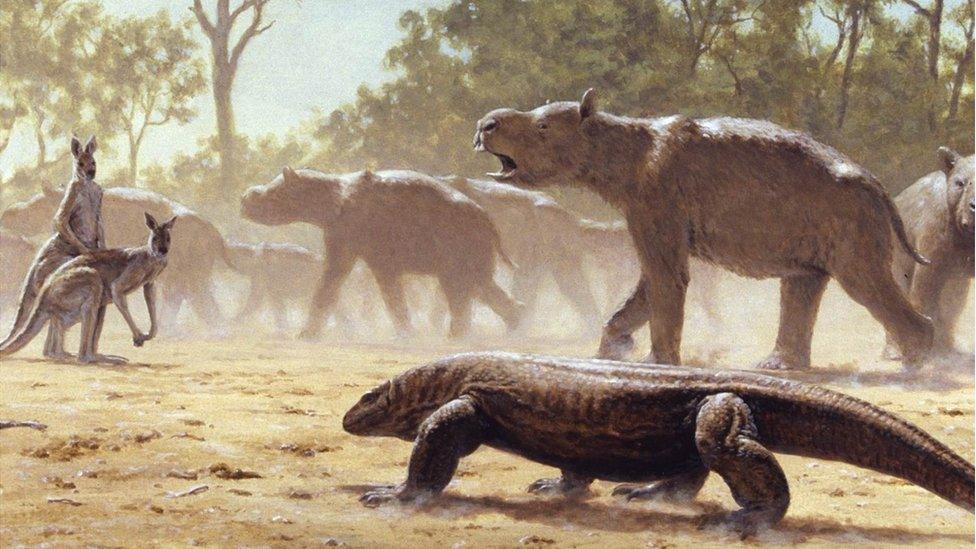Wombat poop: Scientists reveal mystery behind cube-shaped droppings
- Published
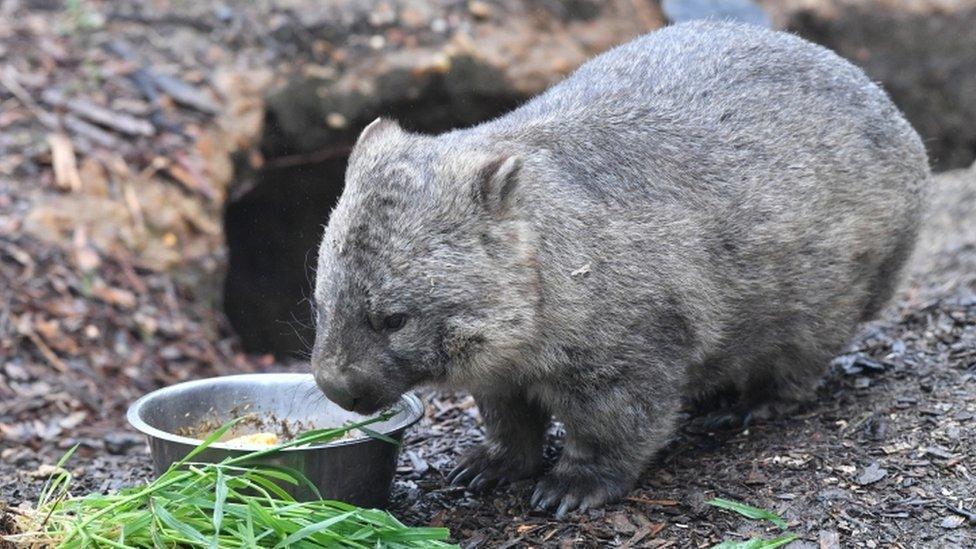
The Australian native produces up to 100 cube-shaped poops a night
Scientists say they have uncovered how and why wombats produce cube-shaped poo - the only known species to do so.
The Australian marsupial can pass up to 100 deposits of poop a night and they use the piles to mark territory. The shape helps it stop rolling away.
Despite having round anuses like other mammals, wombats do not produce round pellets, tubular coils or messy piles.
Researchers revealed on Sunday the varied elasticity of the intestines help to sculpt the poop into cubes.
"The first thing that drove me to this is that I have never seen anything this weird in biology. That was a mystery," Georgia Institute of Technology's Patricia Yang said.
After studying the digestive tracts of wombats put down after road accidents in Tasmania, a team led by Dr Yang presented its findings, external at the American Physical Society Division of Fluid Dynamics' annual meeting in Atlanta.
"We opened those intestines up like it was Christmas," said co-author David Hu, also from Georgia Tech, according to Science News.
The team compared the wombat intestines to pig intestines by inserting a balloon into the animals' digestive tracts to see how it stretched to fit the balloon.
Allow X content?
This article contains content provided by X. We ask for your permission before anything is loaded, as they may be using cookies and other technologies. You may want to read X’s cookie policy, external and privacy policy, external before accepting. To view this content choose ‘accept and continue’.

In wombats, the faeces changed from a liquid-like state into a solid state in the last 25% of the intestines - but then in the final 8% a varied elasticity of the walls meant the poop would take shape as separated cubes.
This, the scientists explain, resulted in 2cm (0.8in) cube-shaped poops unique to wombats and the natural world.

You may also like:

The marsupial then stacks the cubes - the higher the better so as to communicate with and attract other wombats.
"We currently have only two methods to manufacture cubes: We mould it, or we cut it. Now we have this third method," Dr Yang said.
"It would be a cool method to apply to the manufacturing process," she suggested, "how to make a cube with soft tissue instead of just moulding it."
- Published12 November 2018
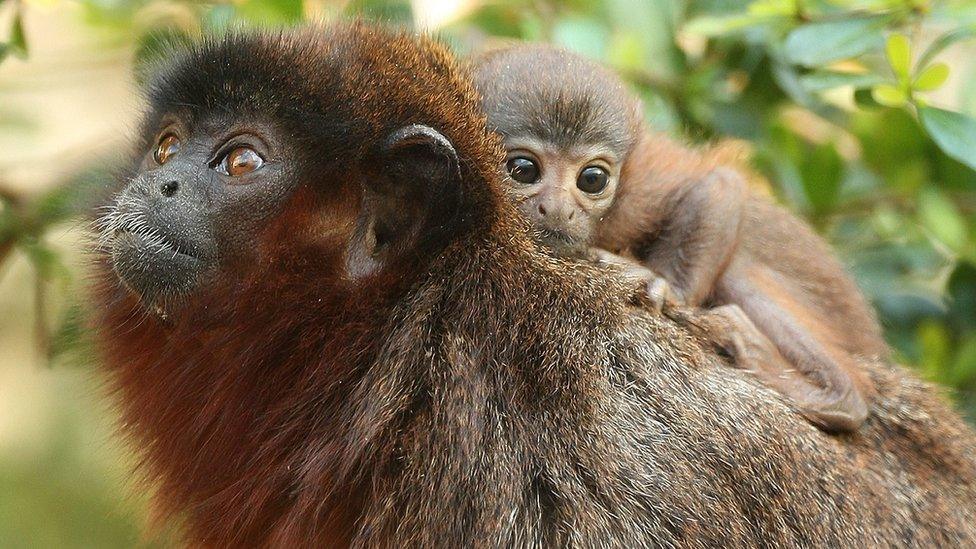
- Published10 June 2018
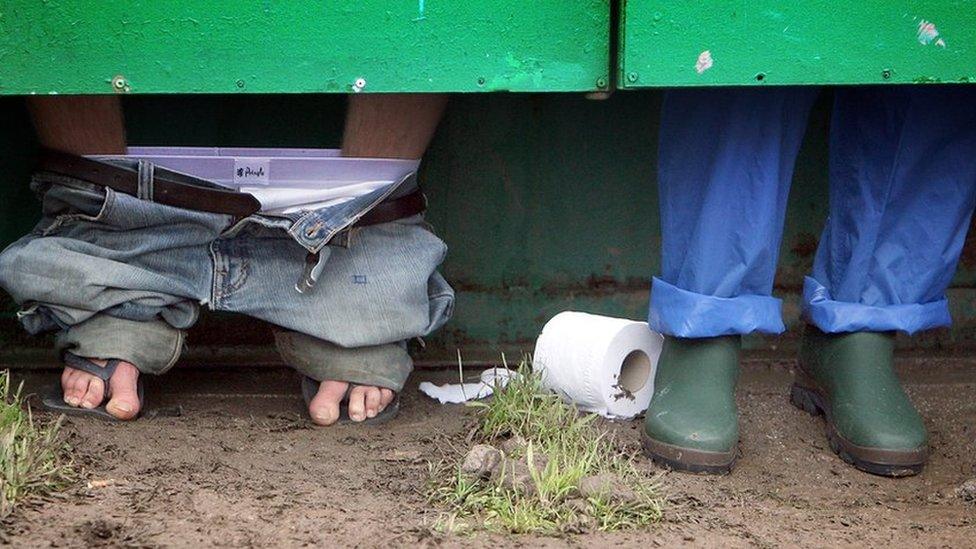
- Published10 May 2018
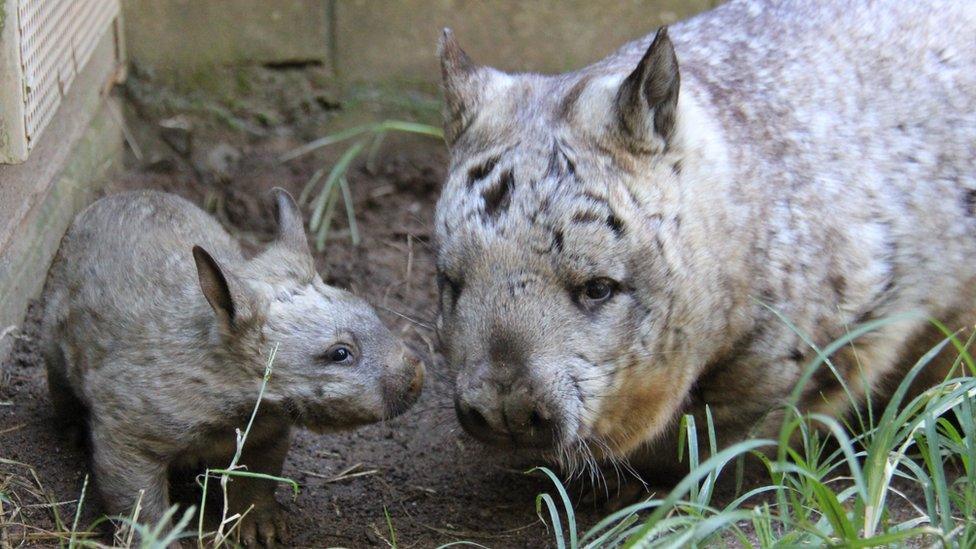
- Published22 April 2018
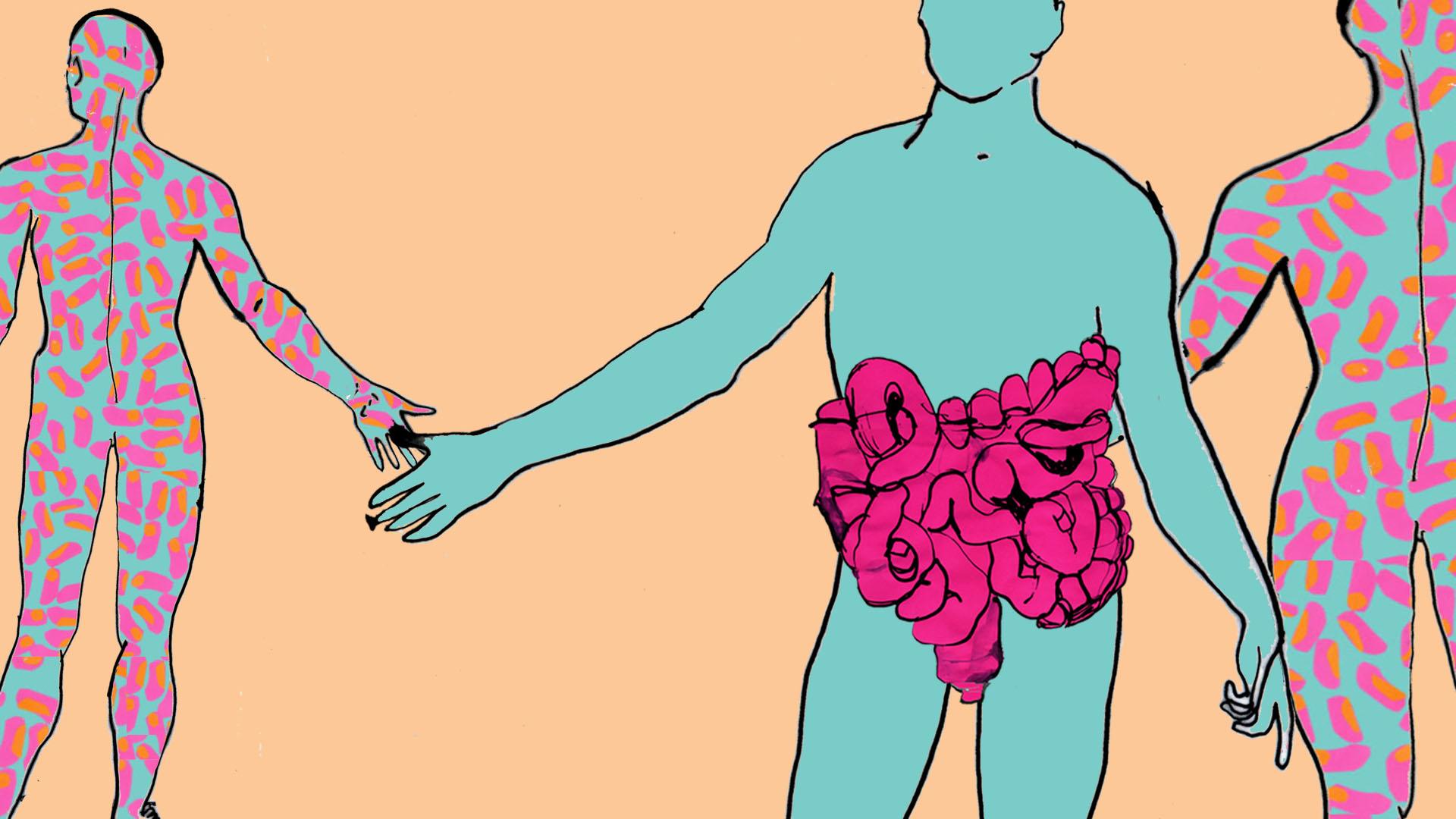
- Published28 July 2017
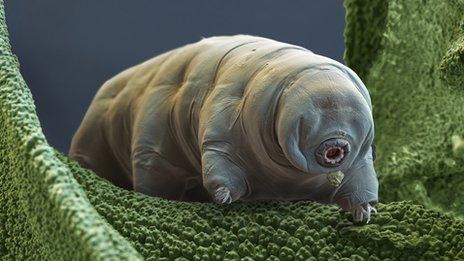
- Published27 September 2017
